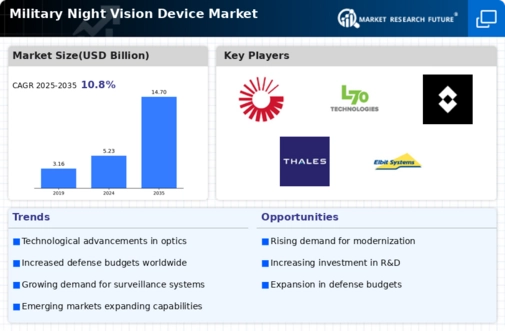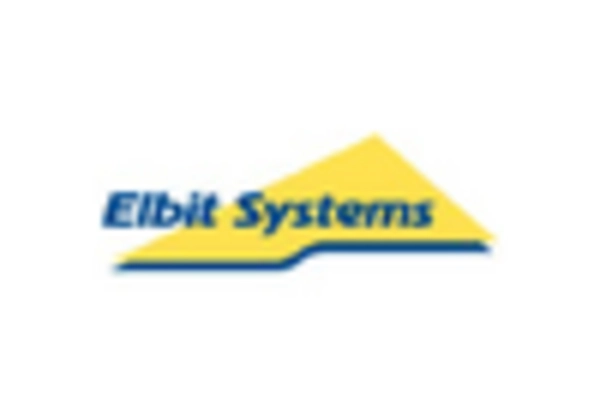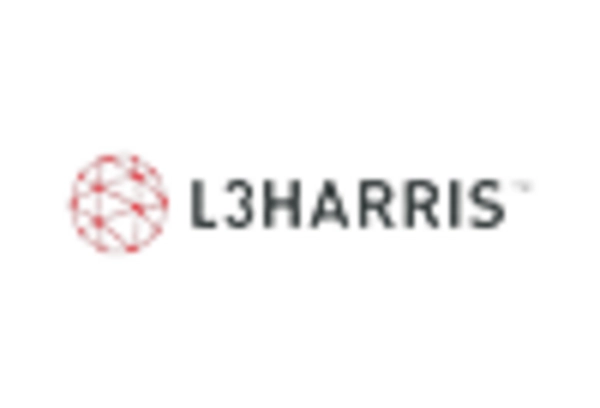Market Trends
Military Night Vision Device Market Trends
The military night vision device market is experiencing significant trends driven by advancements in technology, evolving warfare tactics, and increasing global security threats. Night vision devices (NVDs) play a critical role in enhancing soldiers' situational awareness and operational capabilities in low-light or nighttime conditions, providing them with a distinct advantage on the battlefield. One prominent trend in the market is the ongoing development of advanced night vision technologies. Manufacturers are continually innovating to improve the performance, reliability, and usability of NVDs, incorporating features such as high-resolution image sensors, digital image processing, and enhanced thermal imaging capabilities. These advancements allow soldiers to detect, identify, and engage targets with greater precision and effectiveness, enhancing mission success and reducing the risk to personnel. Moreover, the evolving nature of modern warfare is driving market trends in the military night vision device sector. As military operations increasingly occur in urban environments, dense vegetation, or rugged terrain, there is a growing need for NVDs that can adapt to a variety of operational scenarios. Manufacturers are developing versatile and multi-functional NVDs that are lightweight, ruggedized, and compatible with various weapon systems and equipment. Additionally, there is a growing demand for NVDs that offer connectivity and interoperability with other battlefield technologies, allowing for seamless integration into command and control systems and enhancing the coordination and effectiveness of military units. Furthermore, the proliferation of asymmetric threats and non-traditional warfare tactics is shaping market trends in the military night vision device sector. Militaries around the world are facing threats from insurgent groups, terrorists, and other non-state actors who operate covertly and exploit the cover of darkness to conduct attacks or evade detection. As a result, there is an increased emphasis on enhancing the night vision capabilities of military forces to counter these threats effectively. Manufacturers are developing NVDs with improved detection ranges, target recognition algorithms, and low-light performance to enable soldiers to detect and engage adversaries in challenging and unpredictable environments. Additionally, the integration of digital technologies is influencing market trends in the military night vision device sector. Digital NVDs, which utilize digital image sensors and display screens instead of traditional image intensifier tubes, offer several advantages such as higher resolution, extended battery life, and compatibility with digital communication and data transmission systems. These devices also allow for the overlay of augmented reality information, such as maps, waypoints, and target indicators, directly onto the soldier's field of view, enhancing situational awareness and decision-making capabilities. As militaries seek to leverage digitalization to gain a tactical edge on the battlefield, the adoption of digital NVDs is expected to increase, driving market growth and innovation. Moreover, the increasing focus on soldier lethality and survivability is driving market trends in the military night vision device sector. Military organizations are investing in NVDs that not only enhance soldiers' ability to detect and engage targets but also improve their overall safety and effectiveness in combat. For example, there is a growing demand for NVDs with built-in sensors for detecting chemical, biological, radiological, and nuclear threats, as well as integrated health monitoring systems to monitor soldiers' vital signs and physiological status in real-time. Additionally, there is a continued emphasis on reducing the size, weight, and power consumption of NVDs to enhance soldier mobility and reduce fatigue during prolonged missions.

















Leave a Comment